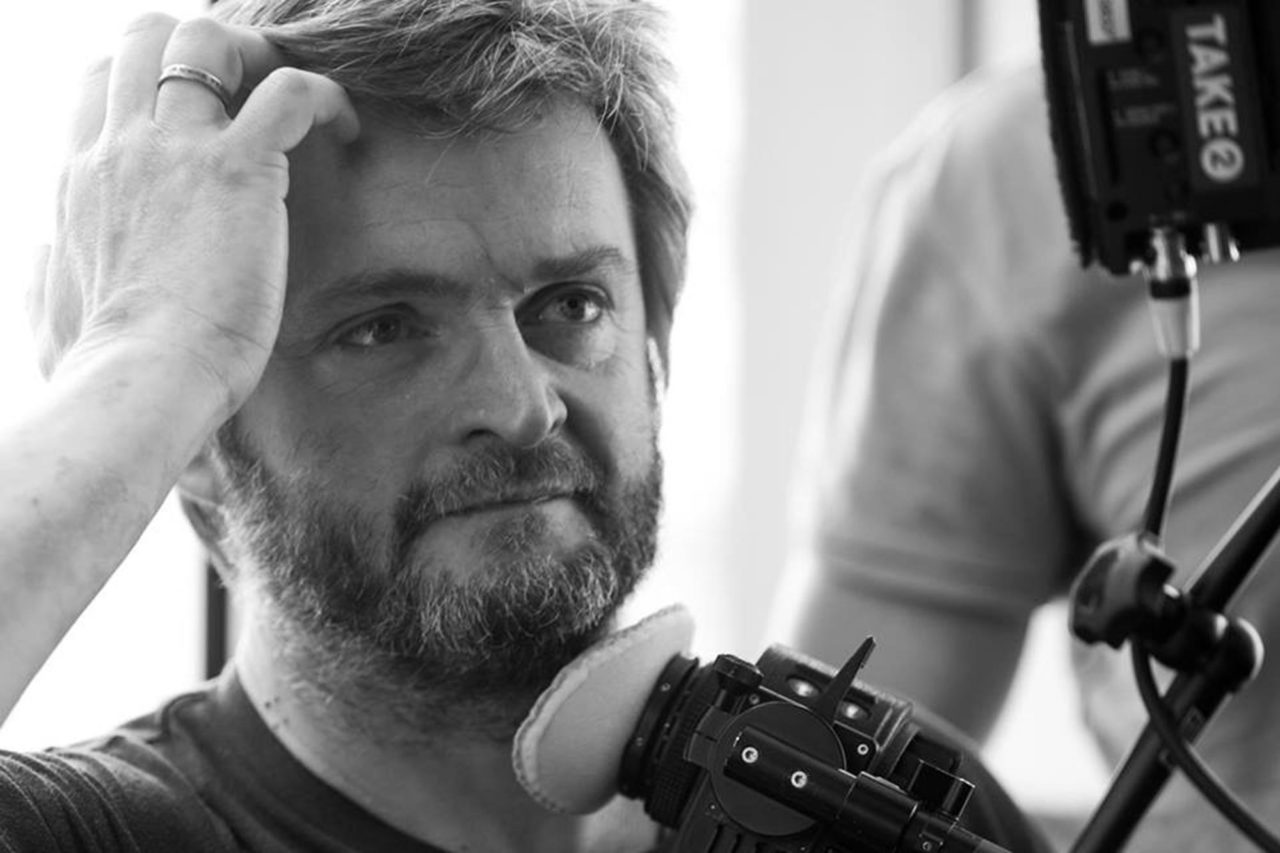
The coroner’s inquest into Mark Milsome’s tragic death while filming a car stunt in Ghana on 18th November 2017 ended on Friday (23rd October) last week.
Senior coroner Chinyere Inyama recorded a conclusion of accidental death, and also stated that “shortly before the execution of the stunt, the risk of Mr. Milsome being harmed or fatally injured was not effectively recognised, assessed, communicated or managed.”
A number of witnesses were heard during the four days of the inquest. The inquest was also informed that there is a ”golden rule” that cameras in front of moving vehicles should be unmanned.
Mark’s father Doug Milsome ASC BSC, himself a well-known and distinguished cinematographer who has worked with Stanley Kubrick and on Bond films, stated before the inquest that ”I have shot Bond movies and death-defying action sequences far more complex than the one that killed my son.” He also added, ”the standards of professional stunt crew and producers, those who make key decisions, should never have allowed Mark to die that night.”
The fatal stunt scene featured a stunt car, a Land Rover Defender, which was supposed to mount a ramp and then topple over. The inquest was also informed that the defender’s speedometer was not working.
Mark Milsome was told by the stunt coordinator John Smith, who was brought on to the production just three weeks before the incident, that the camera positioned in front of the speeding car was the safest one for Mark to operate.
Replacement Stunt Coordinator John Smith told the court in a video testimony that it was against his wishes that it was suddenly decided one camera was to be manned. When he arrived on location on the day prior to the stunt he had found the speedometer of the Landrover not to be working and his driver Nathan Wheatley had concerns about the brakes. The ramp had been built previously in the UK and shipped over. John Smith had no way of testing what the ramp would achieve as there was only one Land Rover available. The two Stunt Coordinators, the original Stunt Co-ordinator Julian Spencer who was unavailable for the Ghana shoot, and his replacement John Smith never communicated prior to the stunt, nor were they asked to do so by the production.
Paul Kemp worked as a grip on the production and stood next to Mark Milsome, ”as an extra pair of eyes”, when the scene was to be shot. Mr Kemp told the inquest he checked repeatedly with the stunt coordinator if the position he and Mr. Milsome would be in was safe, and was told by John Smith ”as long as you’re with him.” There was no safety briefing with the entire crew before the stunt was attempted.
Barrister Adrian Waterman QC, representing Mr Milsome’s birth family, said to Mr Kemp: “Your understanding was that even if, contrary to the assurances, anything had gone wrong you were there to pull him out of the way? Nobody explained to you that you would have had a fraction of a second? You weren’t to know that?” Mr Kemp replied he was not, and there had been no overall safety briefing for the crew, which he would have expected before the stunt.
In a statement read at the inquest, Paul Kemp said he saw the car approaching but “realised something was wrong because it was going faster than in rehearsals”. Mr Kemp, who was himself injured in the incident, added: “I remember pulling Mark but the vehicle was too fast.” The Land Rover was estimated to be travelling at 47km/h (27mph) when it left the ramp, yet it failed to topple over as planned, and instead continued straight towards camera position B, where Milsome and Kemp were standing.
Speaking after the inquest, Mark’s widow Andra Milsome said she was relieved her horrible ordeal was over. She paid tribute to her late husband saying, ”he was an amazing husband and everyone who came in contact with Mark just loved him. He was always the sparkle in the room. If Mark’s death has to be a guiding light to safer work practices that would be a meaningful legacy.”


























